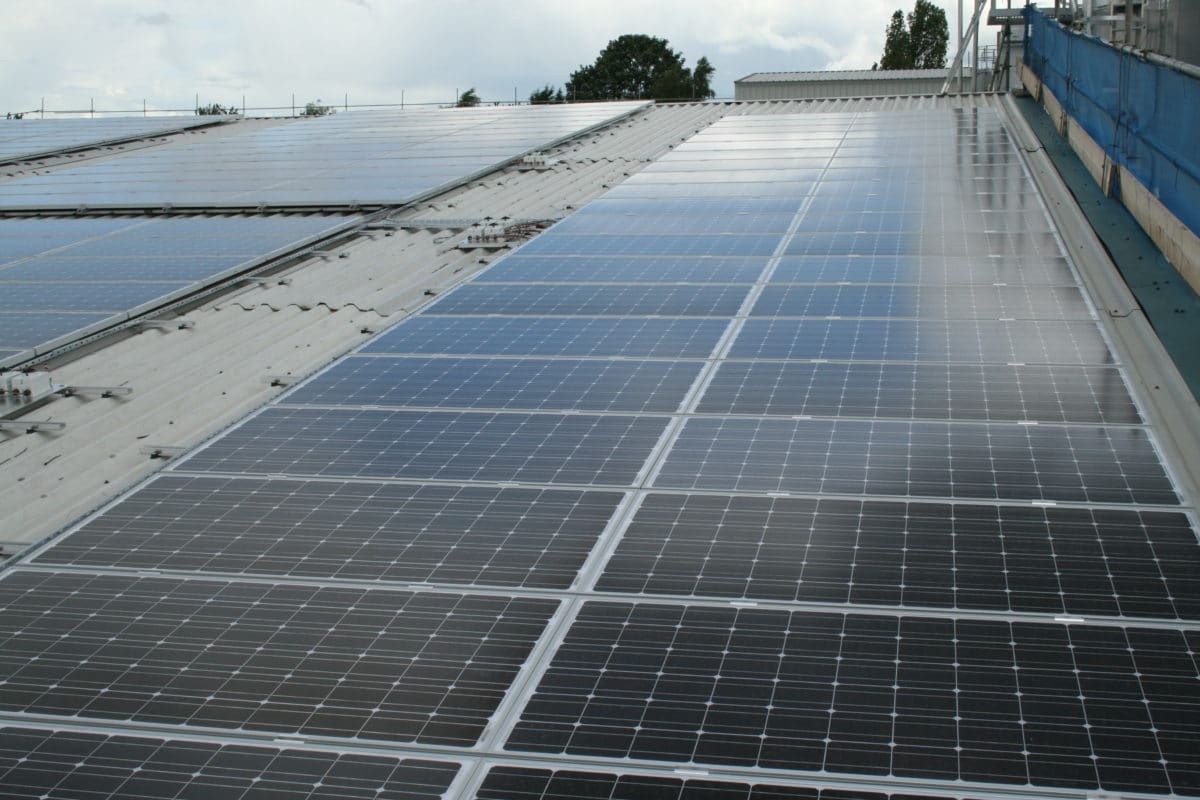Researchers from Turkey's Center for Solar Energy Research and Applications at the Middle East Technical University (METU) and Texas A&M University in the United States has proposed a transient thermal model to predict PV module temperature based on hourly meteorological data, module parameters, and locational information.
Described in the paper Dynamic thermal modeling of PV performance and effect of heat capacity on the module temperature, published in Case Studies in Thermal Engineering, the proposed approach also includes the heat capacity of a PV module, which is not usually provided by manufacturers, as a parameter for temperature prediction. Heat capacity is defined as the amount of heat required to raise the temperature of a mass of a substance by one degree Celsius.
The researchers performed a sensitivity analysis based on a range of heat capacity values to assess the effect of temperature changes on the PV module performance for a semi-arid continental climate with hot and dry summers. The method was tested at METU's Outdoor Module Test Platform during a five-day interval in June. Meteorological data also included wind speed and direction.
“The thermal model performs better at cloudy days with smaller deviations,” the academics explained. “The most substantial deviations are observed at the noon hours of clear days.”
Popular content
Their calculations show that daytime average of module temperature estimations was 2.61 degrees Celsius, while at night-time this value dropped to 0.90 degrees Celsius, enabling a more accurate temperature prediction. The model was also found to underestimate module temperatures, with mean bias error (MBE) of around 1.64 degrees Celsius during daytime.
The MAE defines the average magnitude of the errors in a set of predictions, without considering their direction, while the MBE captures the average bias in the prediction. “The results show that yield prediction is better at cloudy days as a result of low module temperature deviations,” the research team stated. “The model overestimates the electrical power output with MAE and MBE of 3.43 and 3.35 W/m2, respectively.”
The group also ascertained that the heat capacity value had a negligible effect on the results of the analysis. “Therefore, it can be concluded that for hourly performance analyses of PV modules in semi-arid climate conditions, transient analysis is not needed; steady-state thermal modeling would give satisfactory results,” they concluded.
This content is protected by copyright and may not be reused. If you want to cooperate with us and would like to reuse some of our content, please contact: editors@pv-magazine.com.



By submitting this form you agree to pv magazine using your data for the purposes of publishing your comment.
Your personal data will only be disclosed or otherwise transmitted to third parties for the purposes of spam filtering or if this is necessary for technical maintenance of the website. Any other transfer to third parties will not take place unless this is justified on the basis of applicable data protection regulations or if pv magazine is legally obliged to do so.
You may revoke this consent at any time with effect for the future, in which case your personal data will be deleted immediately. Otherwise, your data will be deleted if pv magazine has processed your request or the purpose of data storage is fulfilled.
Further information on data privacy can be found in our Data Protection Policy.